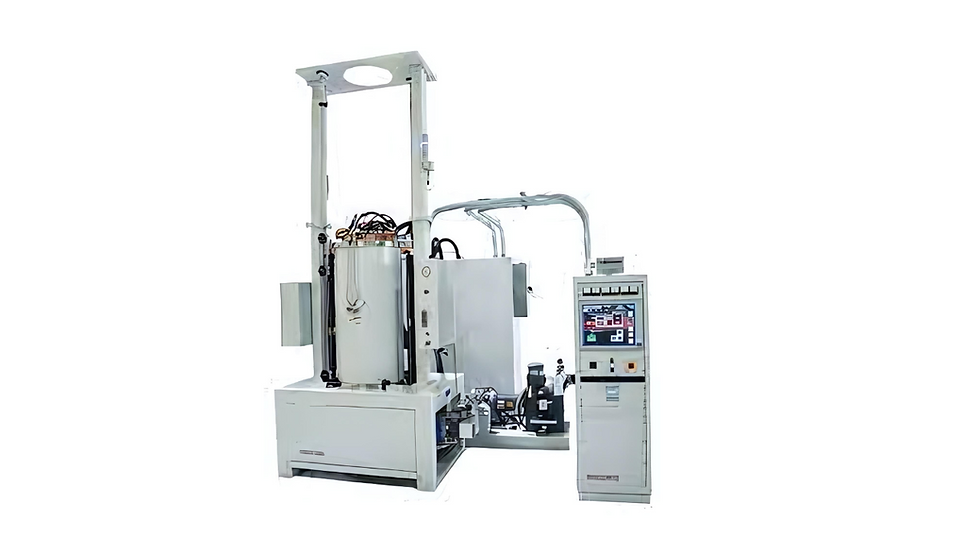Water Vacuum Pump Working Principle
- dayvette2022
- Mar 22, 2021
- 3 min read
In a current configuration, a liquid ring is pumped around the shaft at a rate dependent on the diameter of the pumping rotor. In the alternative, the rotor can be made smaller by using smaller diameter tubing. This smaller rotor reduces the pump’s overall diameter and hysteresis. Compared to a two-stage pump, the working principle and testing procedures are the same. To analyse the pump’s performance, we construct a flow generation curve showing the pump’s ability to pump liquid from a higher pressure to a lower pressure with a constant diameter in between. We find that the pumping efficiency is highest for the second stage design with 10:1 tubing and drops to near zero at 3:1 or smaller diameter. There is no significant increase in cyclomatic efficiency or creep rate with increasing diameter of the pumping rotor.

Flow generation results show a similar trend with a linear relationship between diameter and efficiency. Several pumping schemes are studied including a wide-hole, axial, and a square piezo pump. The results show that all of these schemes have similar scaling behavior. Increasing the diameter of the pump rotor from 10mm to 30mm increases the efficiency of operation from 64% to 78%. However, larger diameter tubing increases pumping efficiency only slightly with a larger creep rate. In the latter case, increasing tubing diameter to 30mm from 15mm leads to a small improvement in efficiency of 83%. The results show that both free-unlinked pumping and self-unlinked pumping have comparable efficiency. This supports the use of liquid rings in an industrial scale pump to achieve high pumping efficiencies.
since an increasing difference exists in the wall tension that is applied to the sleeve and the balls and a uniform flow condition is not possible, for the simplification of the purposes of this invention, the liquid ring presented here is constituted by a repeating series of chambers. Since the rings are pumped at the same rate, the pumping efficiency of a two-stage system is the same as that of a one-stage system. We therefore also construct a flow generation curve for the pump’s operating condition and find that the efficiency increases with decreasing diameter, reaching 51.6% at 10:1 tubing and 91.1% at 3:1 or smaller diameter. Analysis of this curve shows that liquid flow near the outermost first chamber of the system cannot flow in another direction than the one which has been depicted because the coupling between the outer and inner borders of the systems is disturbingly weak. Upon closer examination, it is found that the flow is interrupted many times in the first chamber, sometimes completely shutting it down, causing the generated liquid to cool down and recover more slowly. Such interrupted flow contributes little to the total liquid flow between the inner and outer surfaces of the rings, however, the change in the characteristic curvature of the pumping chambers induces a simpler pumping progression as shown in Eq. (3).
Fundamental Principle & Application: the ring is comprised of a connected series of low-pressure (low-static) chambers, which pump liquid at different rates depending on the diameter of the tubing (see Figure 1). Implementation/Design Considerations:
There are two problems that need to be solved for water isolation to work well:
The first solution is more effective if the oil or something else needs to be introduced into the system. To solve this problem, commercially available fractionating schemes can be considered. The second solution is to use a pressure switch such as the Schneider Buchwald pressure switch or the Solvay FKLP Pump Switch.
The leverage differential between the two pumps is not an issue as long as the pump is capable of creating the required high-pressure conditions inside the system.
Piston Ring Pump
The left part of the figure shows a schematic of the pump as a simple one-stage system. The pump shown here operates based on a linear relation between weight and chamber volume.
The right part of the figure shows the actual pump nozzle and the characteristics of each stage.
Learn more about water vacuum pump working principle






Comments